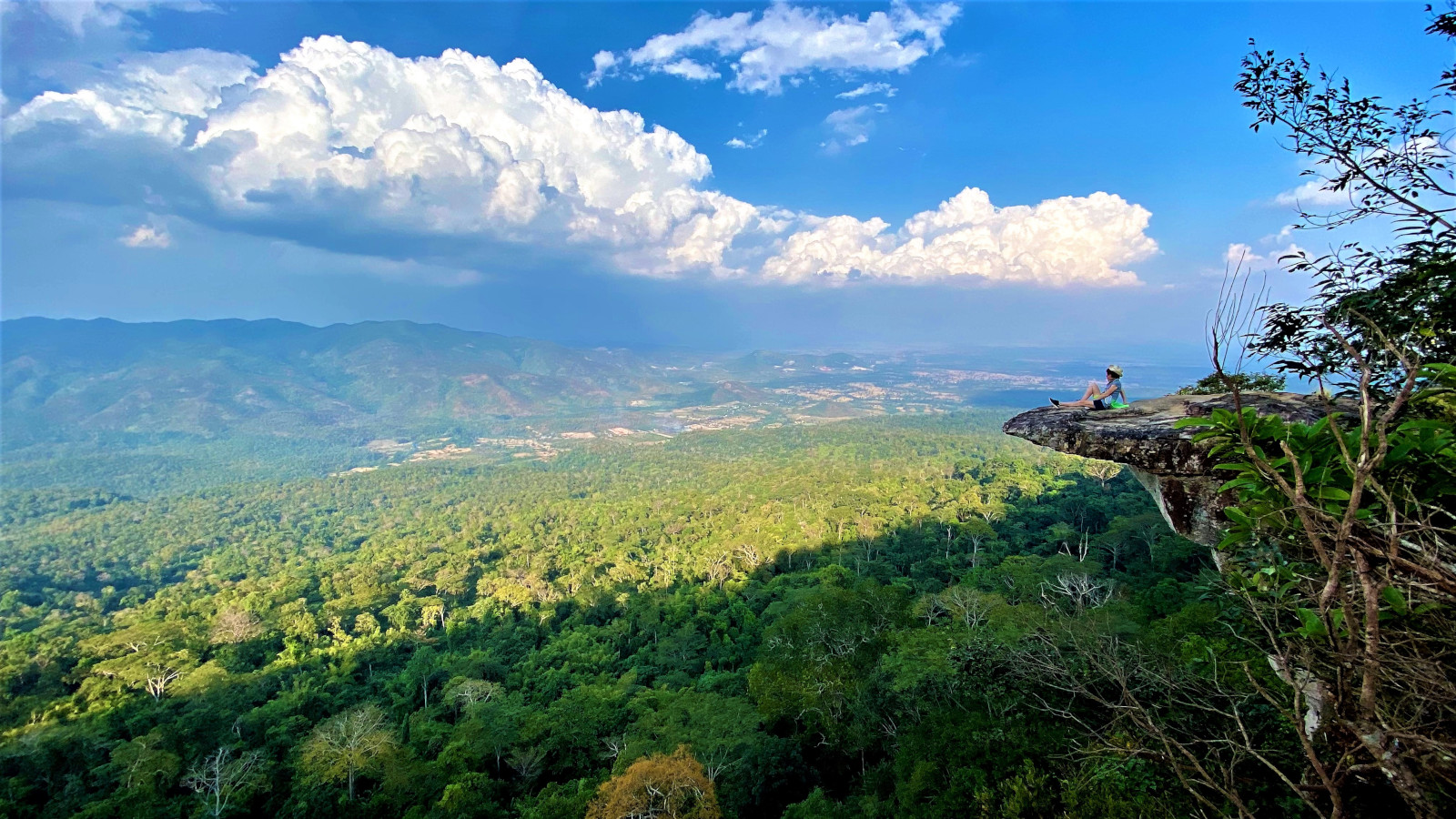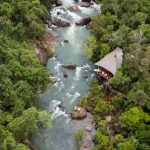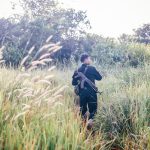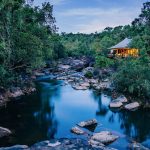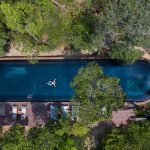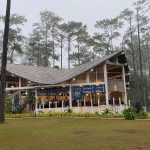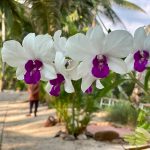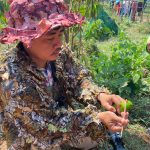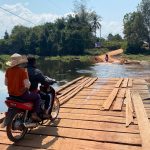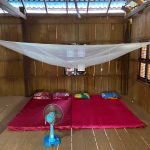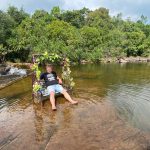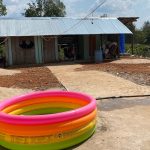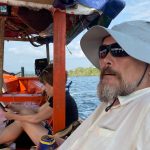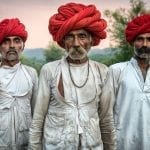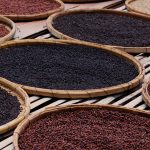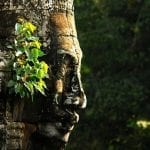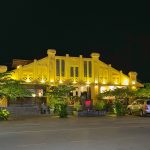Mark Bibby Jackson gets in tune with his inner self as he goes on an eco-tour in the Cardamom Mountains spending three nights under canvas in Wild Cambodia.
It was only when I checked into the Cardamom Tented Camp that I truly got it. Glamping had largely remained a typo for me, something that middle aged couples did once they could no longer cope with camping in the mud of Glastonbury regardless of how good the drugs were. Although I had always mentally supported worthy efforts to promote more sustainable accommodation materials I really had always been a bricks and mortar person myself – a particularly cold Easter camping expedition to Colchester in my early twenties had scarred me for life.
But as I settled into the Cardamom Tented Camp and our host Allan Michaud competed with the noise of the surrounding wildlife as he explained about the project and how they were primarily there to preserve the surrounding land from potential land concessions, I really did get it. Glamping is not only a worthy activity, it can be really relaxing and extremely comfortable, as my fit-for-a-sultan tent proved.
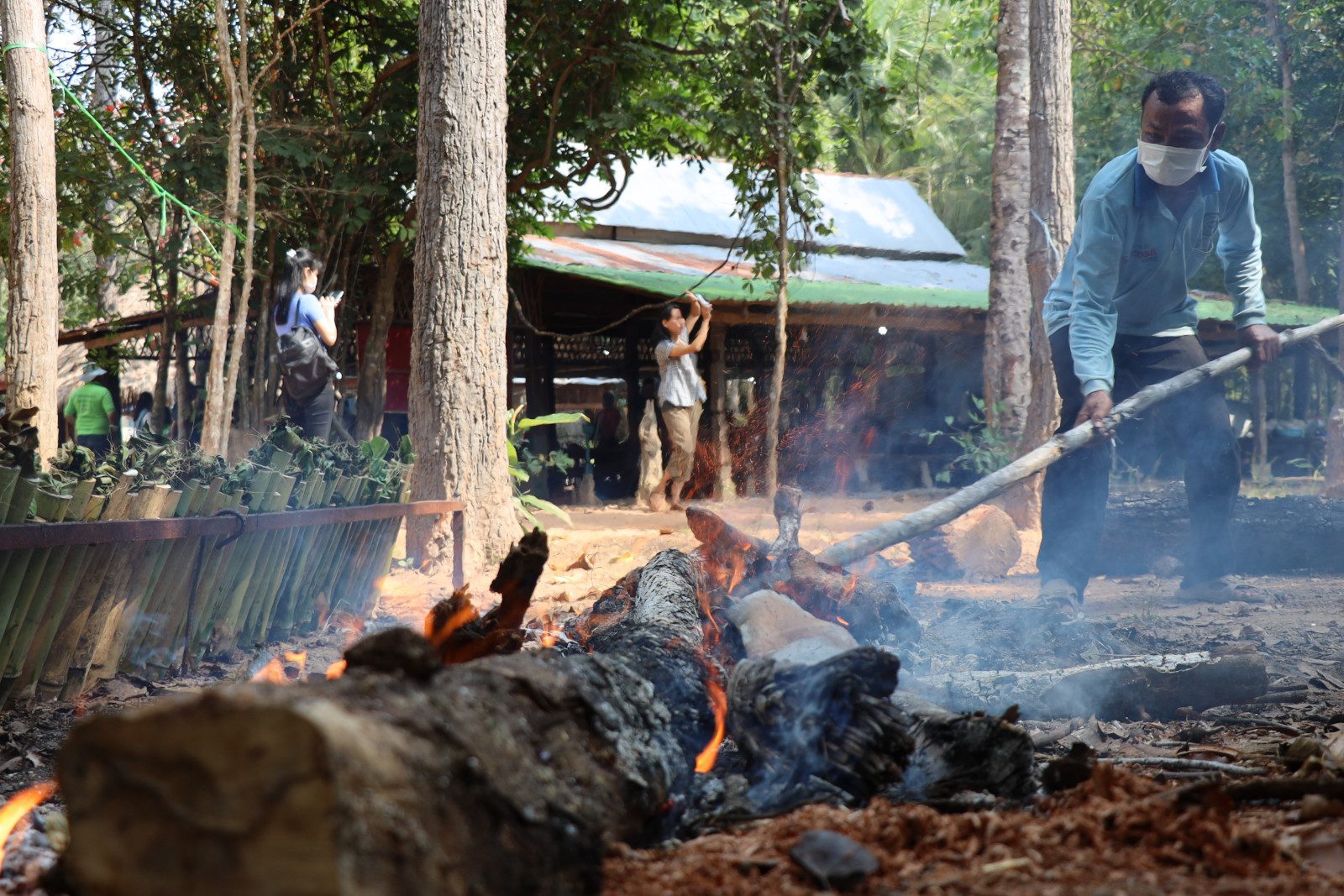

It was a very different noise we experienced on the first night of our four-day excursion to the Cardamom Mountains as we camped in Kirirom National Park. The crickets and frogs could not compete with a group of middle aged men (and women) sleeping off the effects of too many a can of Hanuman beer; a chorus that could have raised the roof of the Albert Hall.
Wild Cambodia: Chambok CBET
In many respects Kirirom epitomises the good, the bad and, at least in terms of our nocturnal serenade, the ugly of ecotourism in Cambodia. Our first port of call had been to Chambok, one of the many community-based ecotourism (CBET) projects you can find in Cambodia. I had first visited Chambok more than a decade ago when writing a series of human interest stories about Cambodia called Heartbeat of the Nation for the Phnom Penh Post.
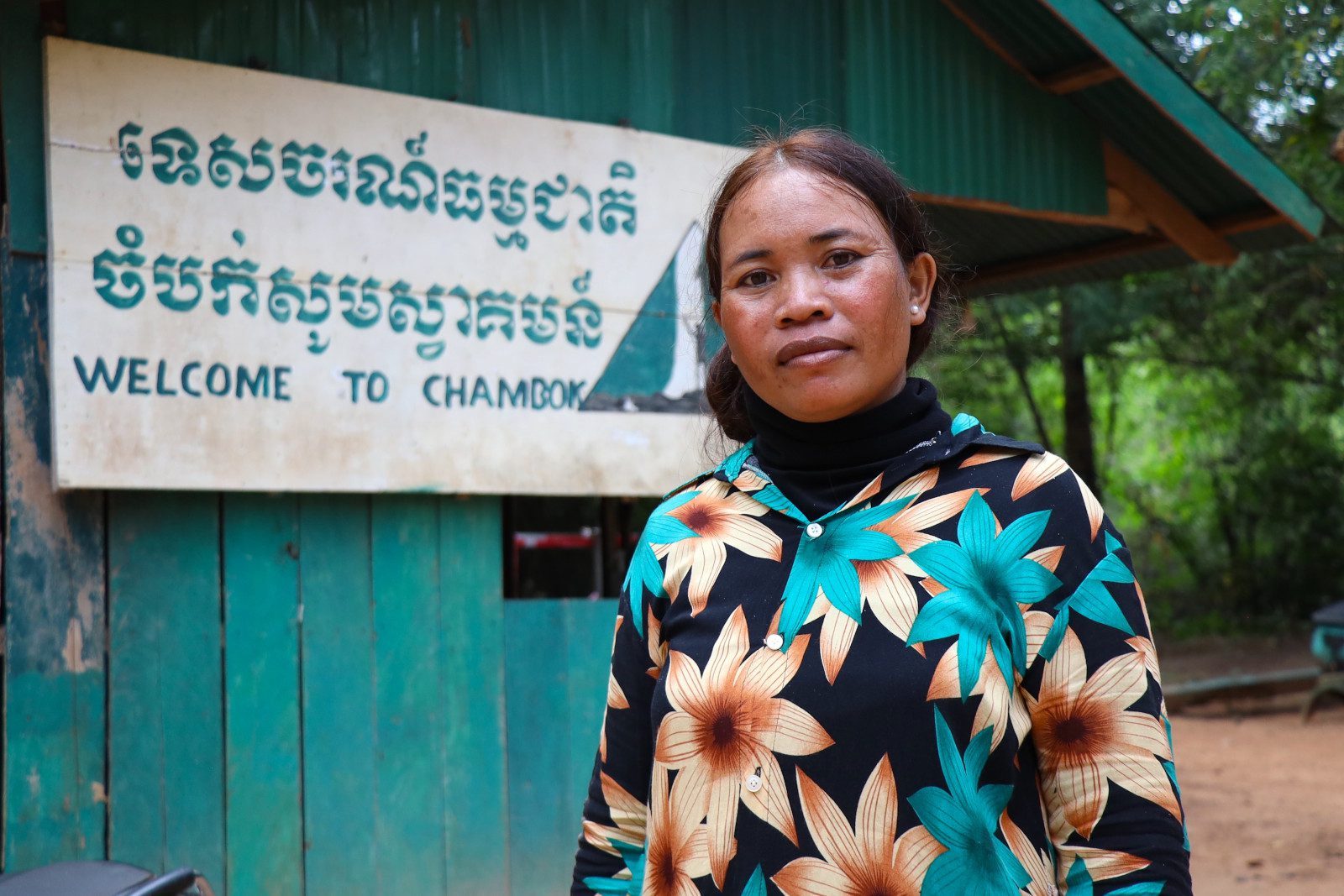

Little seemed to have changed in the intervening years, but what stood out was how the place had been spotlessly maintained. I spoke with Svay Ran, 42, who has run a homestay here for the past nine years. The small income she earns – $4 per night for a stay – helps her to support her four children. Before Covid she might have received 10 travellers per month, now nobody comes. The price is set by the local community which also provides the food for travellers and arranges activities such as making kralanh or sticky rice in bamboo.
The money raised in this way helps fund conservation efforts in the national park as well as to support the community of some 670 families, including Svay Ran’s.
Camping in Kirirom
After Chambok we went on a hike through Kirirom National Park to Thmor Loy panorama with its majestic views over the Elephant Mountains. Many of our group posed for pictures on Kirirom’s Hanging Rock while those of us with drones disturbed the calm. The view is quite magnificent.
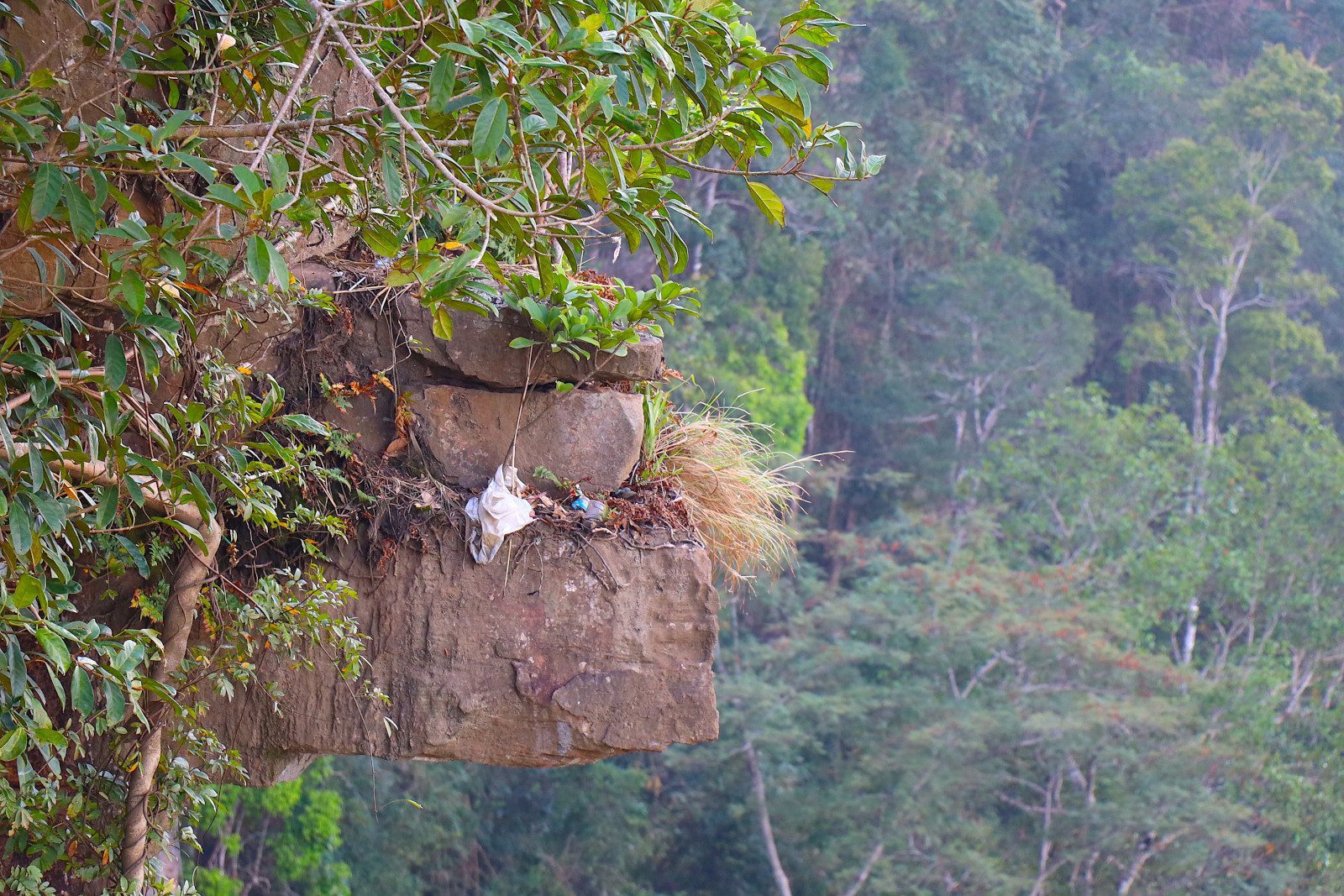

Unfortunately in order to get there we had to walk through a forest which while pretty had been ruined by an excess of rubbish. This is a problem that Cambodia has struggled with for more than a decade to my knowledge. Litter is just left to slowly decay with no consideration for its effect upon the environment. It is something acknowledged by representatives of the World Bank and the Ministry of Environment who had arranged our trip. Organisations such as the Coconut School which we visited the following day, and has built a new school largely from recycled materials, are doing their bit, but this is a systemic problem within the country which can only be eradicated through education.
The evening we spent at V-Kirirom Pine Resort, where we had an excellent meal by their Pipe Room, although the surfeit of Hanuman beer led to our soporific concert later on that night. The excellent Rubbish Coffee from Coconut School the following morning proved most welcome.
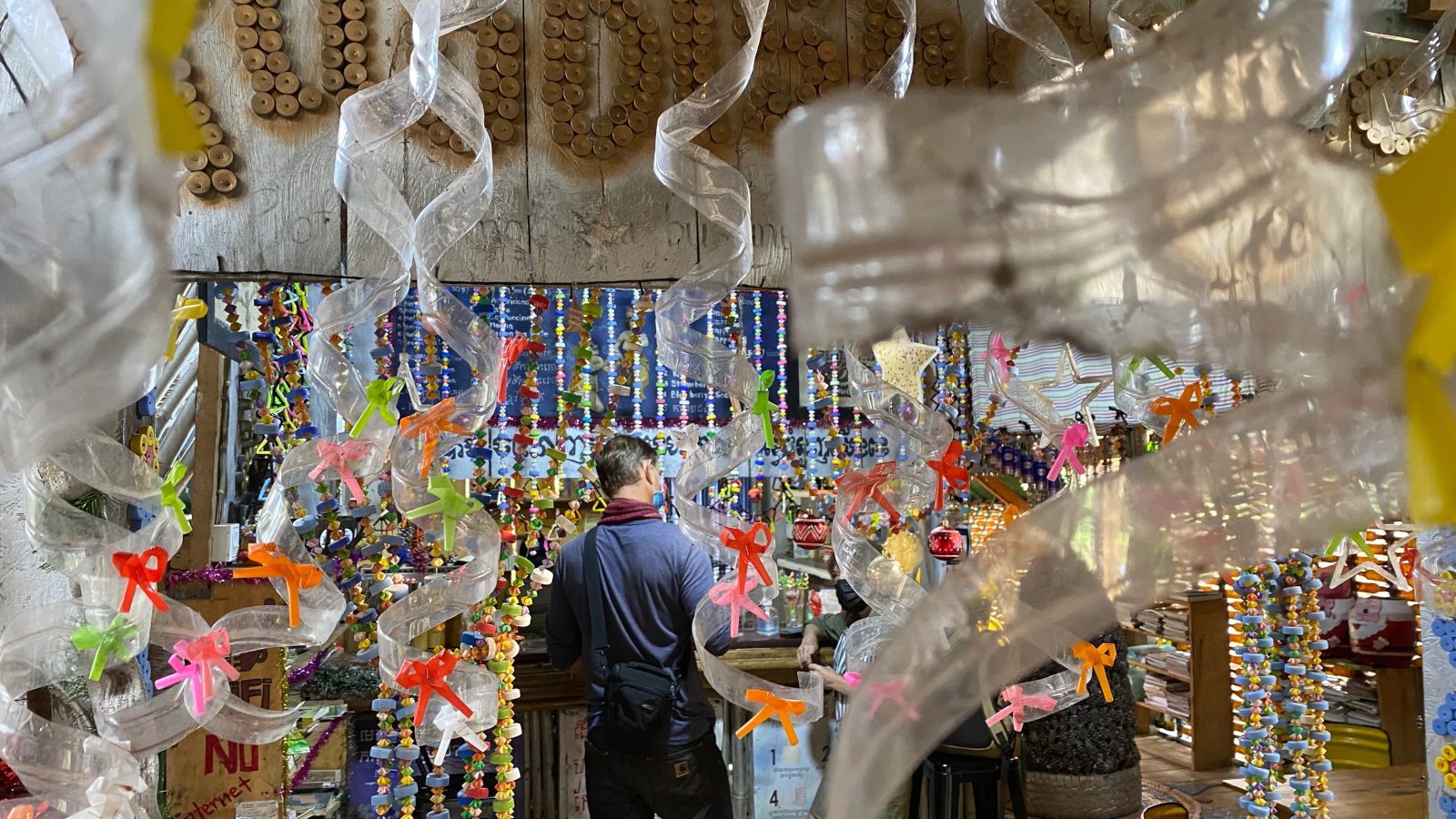

Shinta Mani Wild
At the opposite end of the country’s accommodation spectrum from Svay Ran’s spotless homestay lies Shinta Mani Wild, the brain child of Thai-based American architect Bill Bensley, who has described the place as a “utopia of sustainability”. It was named one of the World’s Greatest Places by TIME magazine in 2019, and has won numerous awards including Conde Nast Traveler (USA) – Reader’s Choice Awards 2021, and joining CNN Traveler’s Gold List 2022.
Shinta Mani Wild Photo Gallery
Some of our group decided to enter via the 400m zipline across rapids, but I had only recently seen the longest zip-line in the world in Mexico, so opted to take the slow jeep into the resort. It has a mazy series of elegant tents perched above the nearby river and waterfall. Shinta Mani Wild is designed to evoke Bensley’s vision of what it might have been like to be on luxury safari in the jungles of Cambodia with Jacky O’, who travelled throughout the Kingdom with King Sihanouk in 1967.
A project with Wildlife Alliance, which also runs the foremost Cambodia wildlife sanctuary at Phnom Tamao, its comprehensive conservation and community programmes are spearheaded by the Shinta Mani Foundation, and provide long-term employment to locals. Guests help save Cambodia’s wildlife and can accompany Wildlife Alliance rangers on anti-poaching patrols, or dine on the sustainably foraged wild edible plants, discovering Cambodia’s natural larder.
However, at around $1,900++ per tent per night (all inclusive) for international guests, this is arguably a place for those travellers where price does not really count. Our visit to Cambodia’s eco El Dorado was short-lived, and by lunch I was resting in a hammock at Thmor Roung, dining on local fish and dozing off in the midday sun. It was paradise enough for me.
Under Canvas at the Cardamom Tented Camp
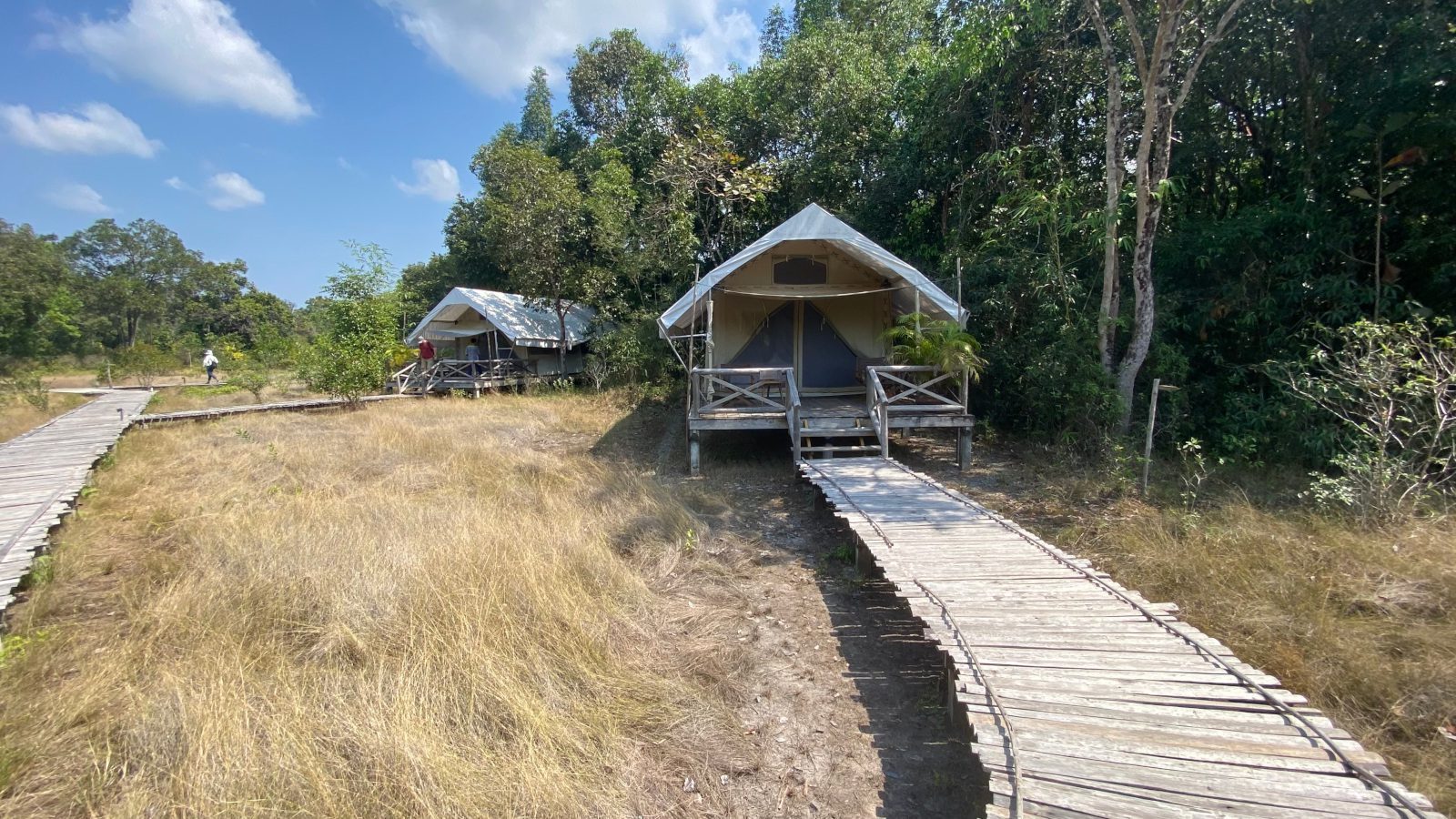

That evening, we took a boat along the Prek Tachan river to Cardamom Tented Camp. The sun was beginning to set, and the wildlife was in full song, it was the perfect time for a river cruise.
In 2021, Cardamom Tented Camp was named as one of the Top 100 Destination Sustainability Stories in the world by Green Destinations, a Dutch non-profit organisation for sustainable tourism. Two years earlier it scooped the 2019 PATA Gold Award in the Environment – Ecotourism Project category. It is easy to see why.
When establishing the camp here in 2017 within a 180 sqkm wildlife concession in Botum Sakor National Park, the aim of the enterprise by YAANA Ventures and the Minor Hotel Group was to protect this area of natural forest and grassland in the Cardamom Mountains. The concession was granted by the Cambodian government on the condition that it was used for an economic activity. The granting of surrounding concessions to rubber or palm oil plantations demonstrated the reality of the threat to this pristine area of Cambodian nature.
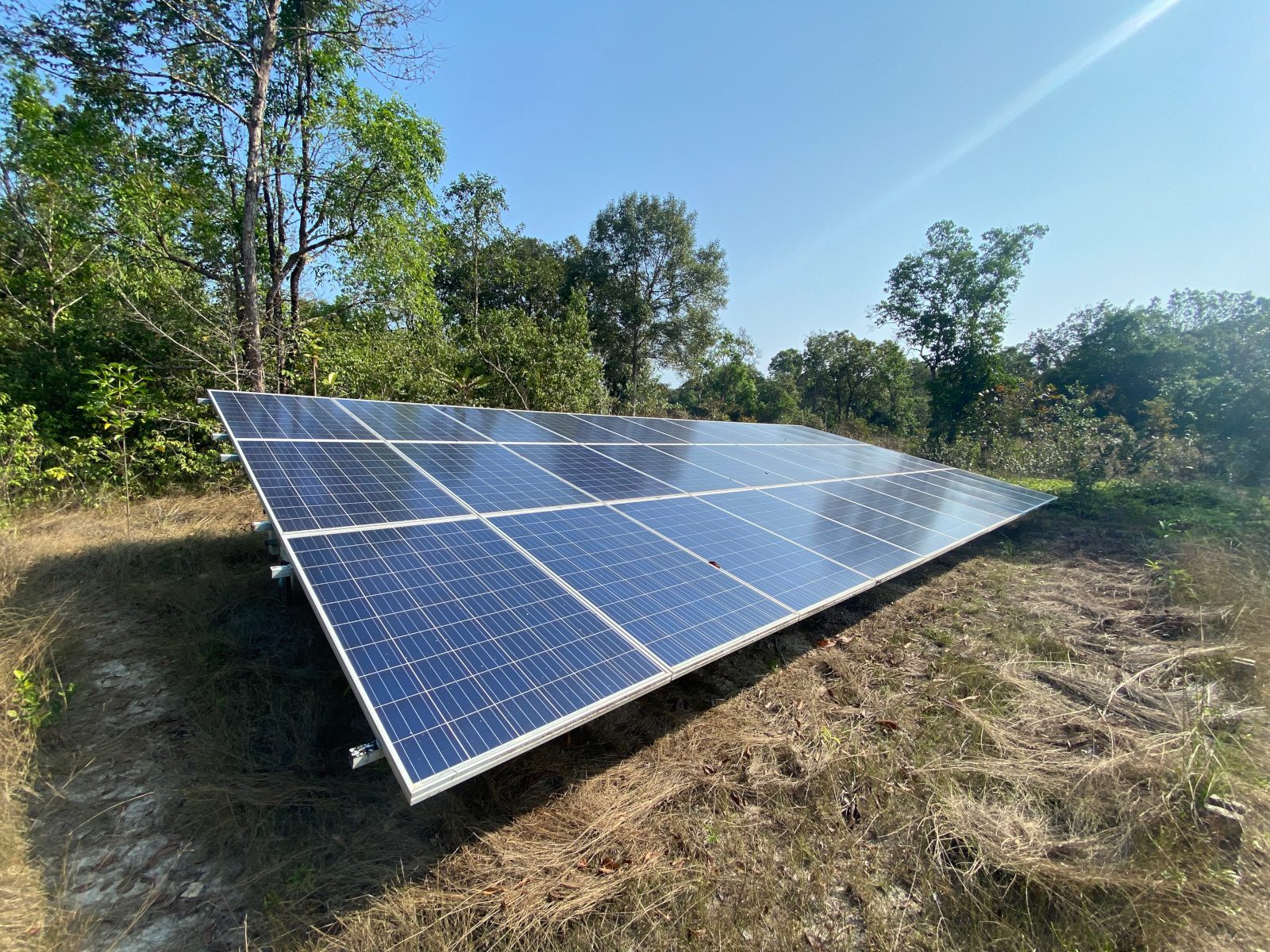

The camp’s motto is ‘your stay keeps the forest standing’. It also helps preserve Cambodia wildlife.
“The success of Cardamom Tented Camp ensures that the forest and wildlife, such as elephants, leopards, dhole Asian wild dog, gibbons, civets and more, can survive,” explained Willem Niemeijer, CEO of Yaana Ventures in an exclusive interview with Travel Begins at 40.
This is something that Allan reiterates later on in the evening as he shows his photographs – he is a professional wildlife photographer – of the wildlife that has been preserved here. A man not to praise fools lightly he informs us how the Wildlife Alliance rangers captured chainsaws, snares and traps in the initial few years, and how they have helped preserve the wildlife. A herd of elephants recently returned to the area stand testament to their success.
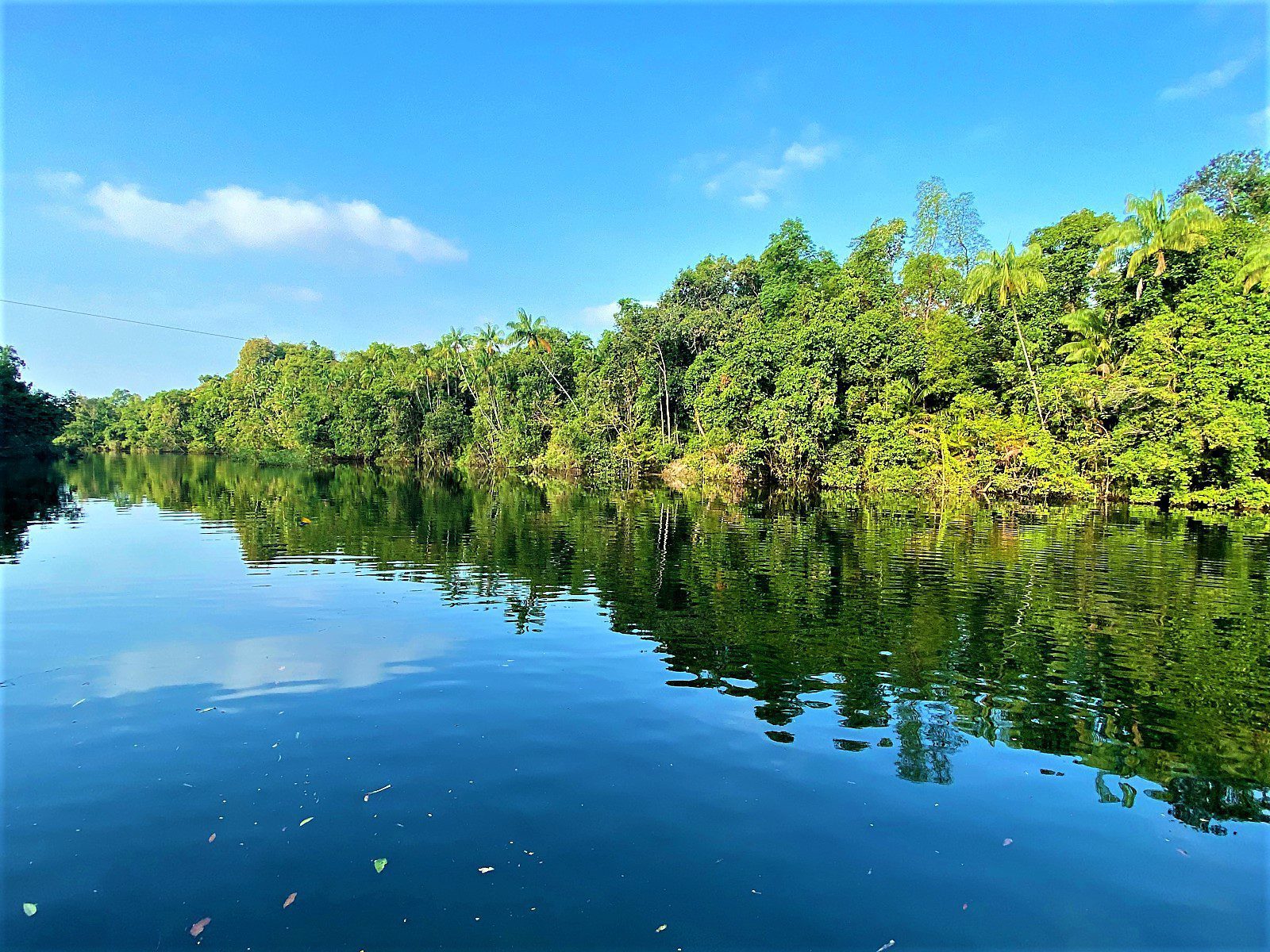

The Cardamom Tented Camp is basically as green as they come. Is this the best ecotourism site in Cambodia?The energy is solar, the water is filtered, they have a certified organic farm, the grey water recycling process leads to zero discharge back into the river. They recycle and compost. Also, if my brief stay is anything to judge, they also provide an excellent night’s sleep in their genuinely four-star tent in the middle of nowhere. There is no neighbouring village with spurious dogs and cockerels to wake you at an unearthly hours.
Guests can either kayak up or down the river or go for a trek around the protected area on trails. However, I would make sure you are guided by a ranger as this is genuine wilderness, and some of the reptilian life is less than friendly. As our time was pressed I opted for a lazy dip in the camp’s swimming pool – aka the Prek Tachan river.
Unfortunately Mark missed a visit to CBET Chi Phat as he stayed overnight at Cardamom Tented Camp instead, but you can learn about Chi Phat Cambodia ecotourism in Unravel TV’s wonderful video of our trip through Wild Cambodia.
A Boat Trip through the Mangroves
Reluctant as I was to leave, I was keen to reach our next destination Canvas & Orchids retreat, on the Tatai river. I had previously visited it the day before it had opened. Then known as Four Rivers, it consisted of a series of tents on pontoons above the river. Now it had been relocated to the nearby island with only a few tented pontoons remaining.
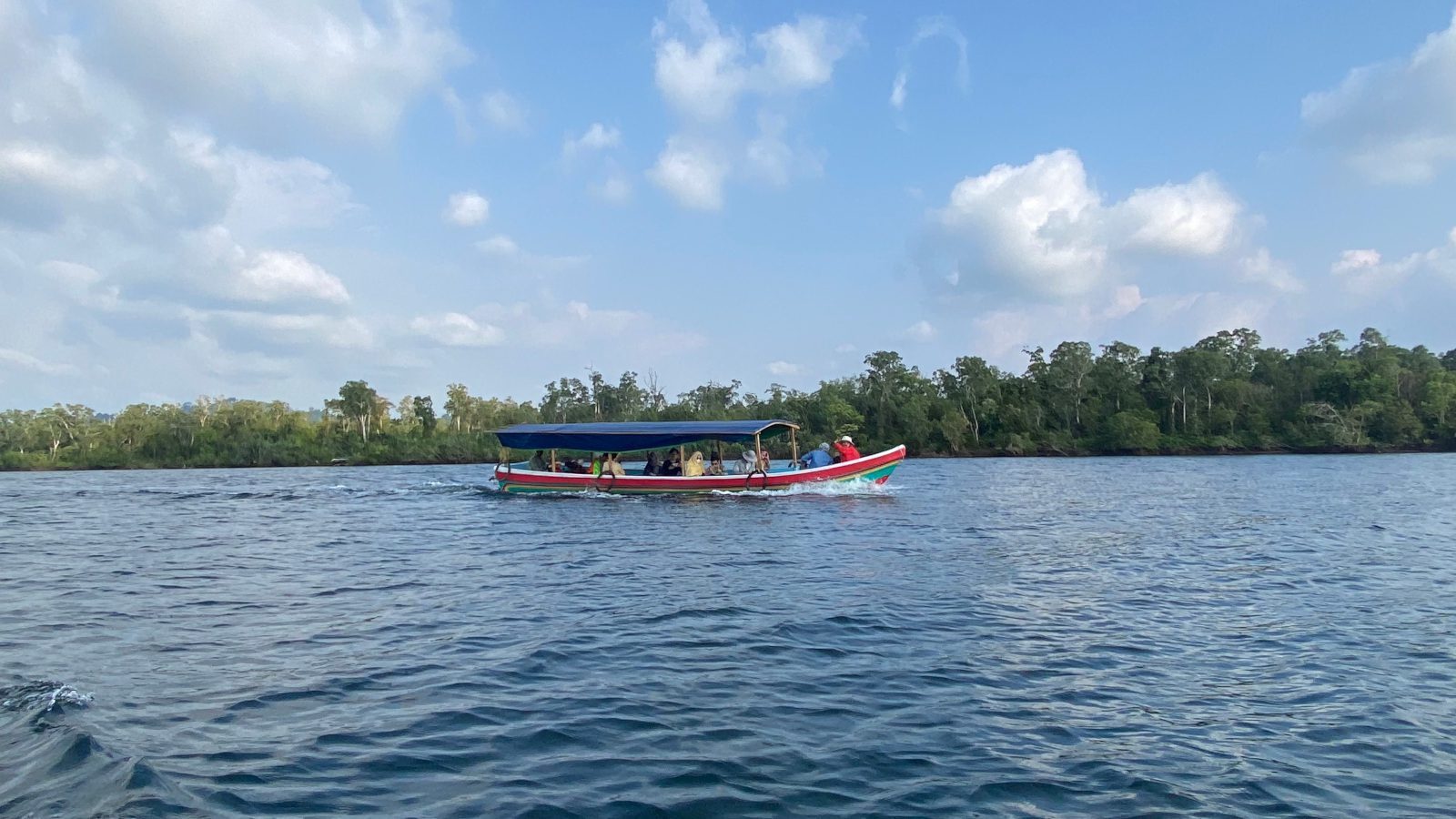

As excellent as this luxury part-floating resort was, it paled in comparison with the next adventure on our journey, a boat ride through Peam Krasaop, Southeast Asia’s largest mangrove forest.
Lonely Planet writer and tourism consultant with the World Bank, Nick Ray, who had co-organised our trip, describes the mangrove forest as a “natural gem, protecting Cambodia’s coastline from the threat of flooding, and acting as the equivalent of a reef system and nursery for both freshwater and saltwater fish and crustaceans in this area.”
Lazy, meandering and timeless, it was exactly as great boat trips should be; allowing us to drink fully the bewitching beauty of this wonderful oasis of Cambodian nature.
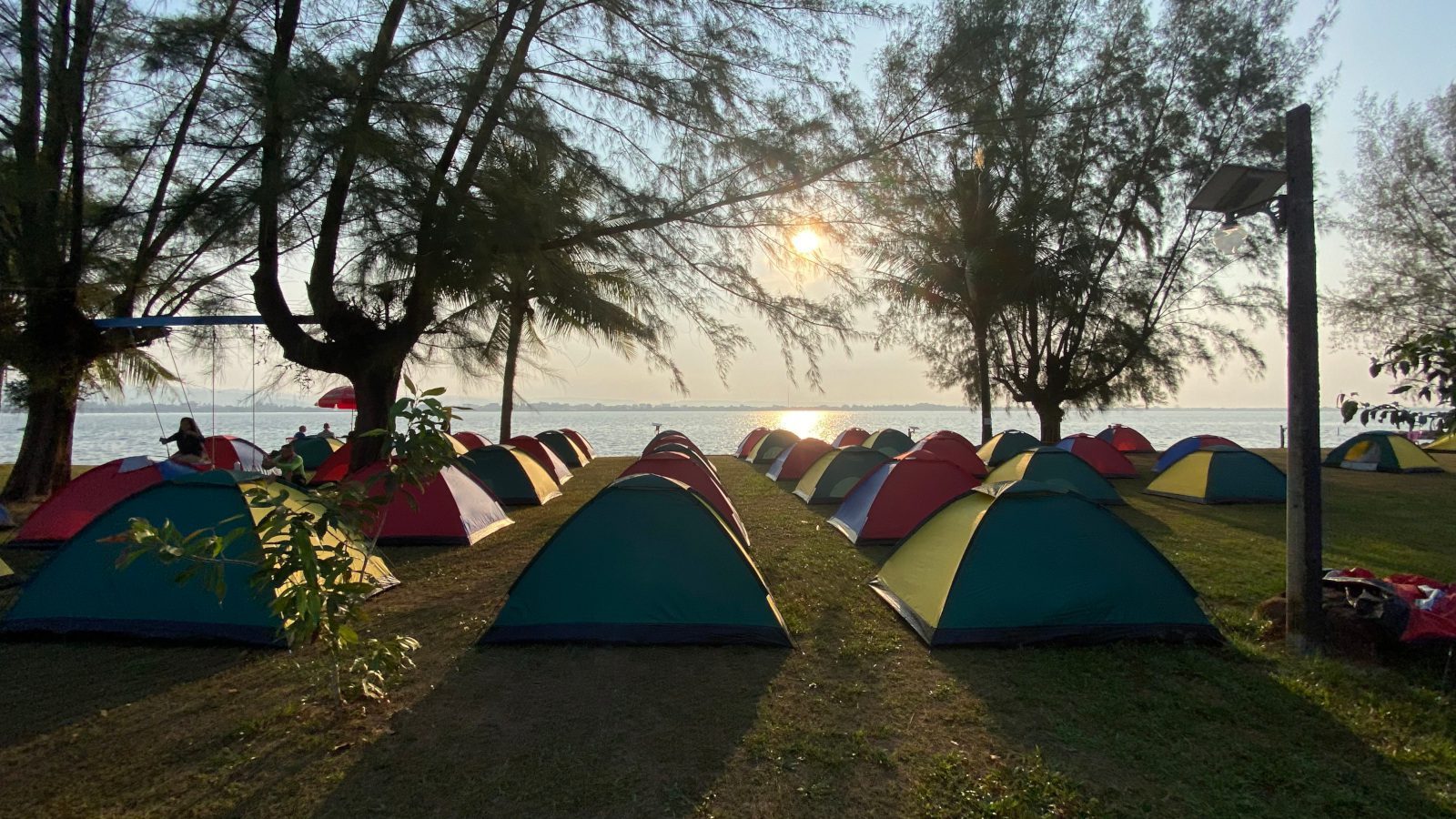

Our boat trip ended with a beach party and barbecue at the Koh Kong 2000 Resort where barbecued blue mussels were served, and a good night’s sleep was ensured primarily due to the relocation of my tailored tent away from my colleagues in the nightly orchestra.
This is why you should Visit Cambodia Now.
A Glimpse of the Future of Cambodia Ecotourism
Our final day consisted of the long road back to the capital Phnom Penh. This was made even longer by a diversion to Stung Areng CBET, established here by Wildlife Alliance in 2016. Here Nick explained the possibility of creating a trekking link between the east and west sides of the Cardamoms towards Khnong Phsar Mountain and Kompong Speu Province.
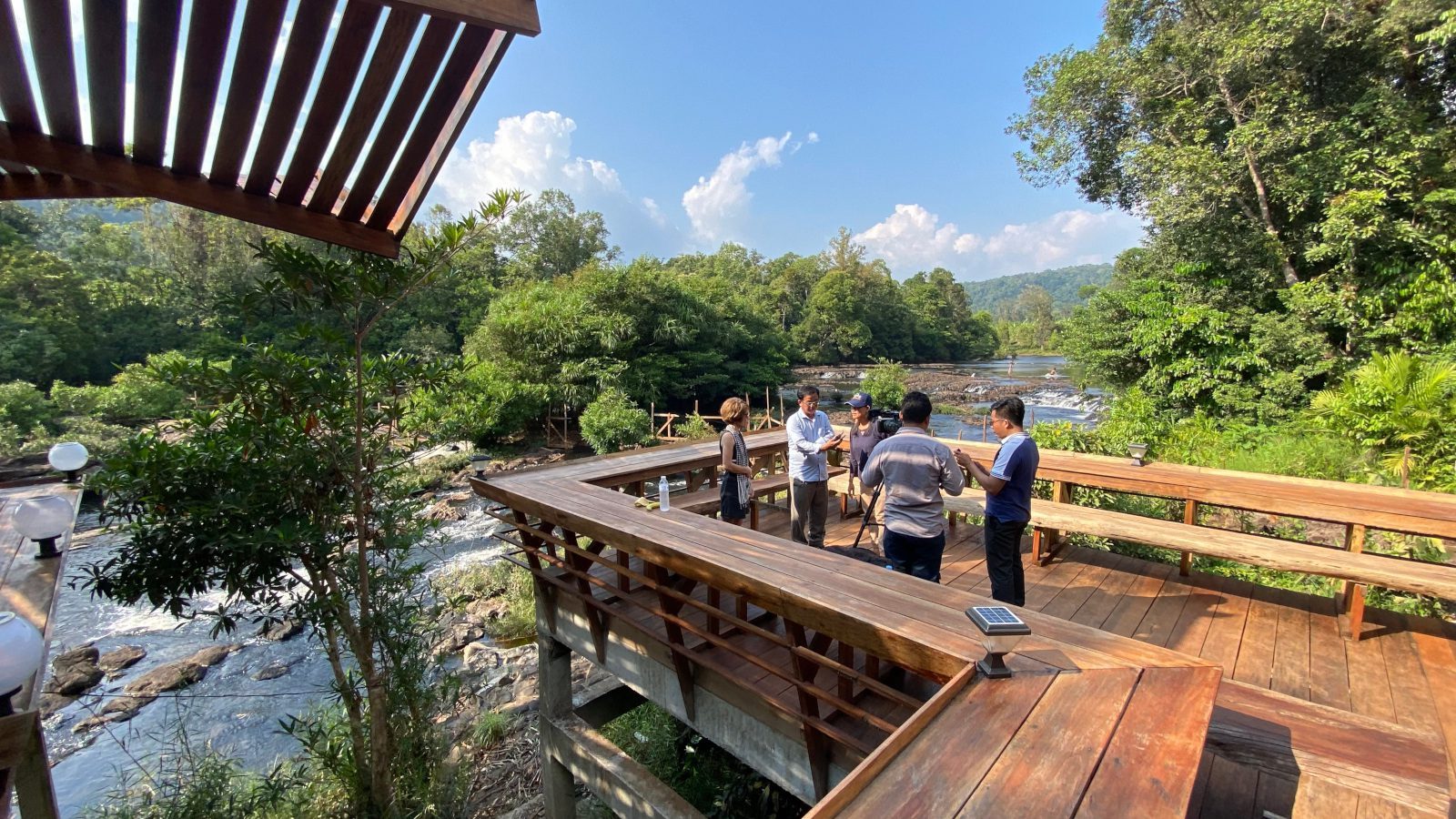

This would certainly have avoided the necessity of us doubling back upon ourselves as we were shortly to do after the best local lunch I have ever experienced in Cambodia. However, his argument was somewhat diluted by his warrior tales of getting lost in the mountains on the one time he had tried the route by motorbike with a friend. They had ended up protecting themselves from the torrential rain by placing their spare underpants on their heads.
This really is an amazingly well preserved part of southeast Asian rainforest. As Allan had explained the other evening, by coming here whether it is at a $4 homestay or a $2,000 per night luxury gin palace tent, you are helping to conserve the environment, as well as provide a much needed form of income to the local populace.
Wild Cambodia Photo Essay
It is also a region that is really starting to open up to ecotourism. Our final stop was at La Vallee, a small-scale eco-lodge, being constructed beside the Tatai River. One of the effects of Covid has been to stimulate domestic tourism in the country. Places such as La Vallee, Canvas & Orchids, Shinta Mani Wild and Cardamom Tented Camp provide opportunities for both domestic and international travellers to discover wild Cambodia, staying in eco-lodges with sustainability at their core that help support local communities and protect both the astonishing nature and abundant wildlife. Combine any of these with a homestay in a CBET and you are really ensuring that your travels in Cambodia will benefit the local population as much as yourself. And this, as I discovered, is the quintessence of ecotourism in Cambodia.
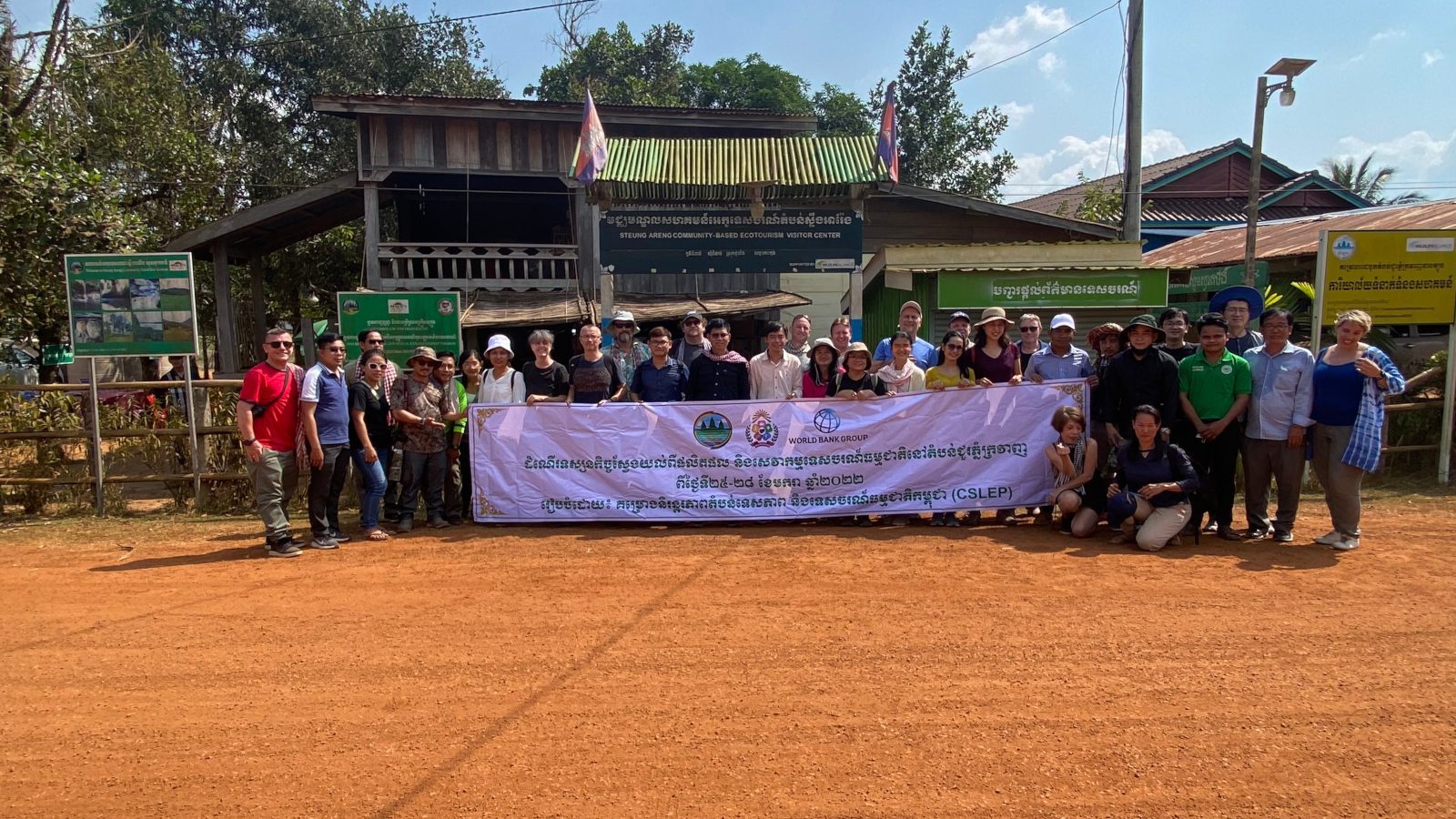

This adventurous wild Cambodia FAM trip, organised by the Ministry of Environment (MoE) with support from the World Bank was part of the Cardamom Sustainable Landscape & Ecotourism Project (CSLEP) to promote ecotourism, small-scale investment and community-based ecotourism (CBET) initiatives in the Cardamom Mountains-Tonle Sap Basin.
All images of Shinta Mani Wild provided by Shinta Mani Wild. Cover image of Kirirom’s Hanging Rock by Leslie Graham.
Cambodia Wildlife Tours
If you are looking for a Cambodia Wildlife tour then try Focus Asia, or Travel Asia a la carte, alternatively for birding and wildlife tours try the excellent Sam Veasna Conservation Tours.
Article originally published on Travel Begins at 40.
